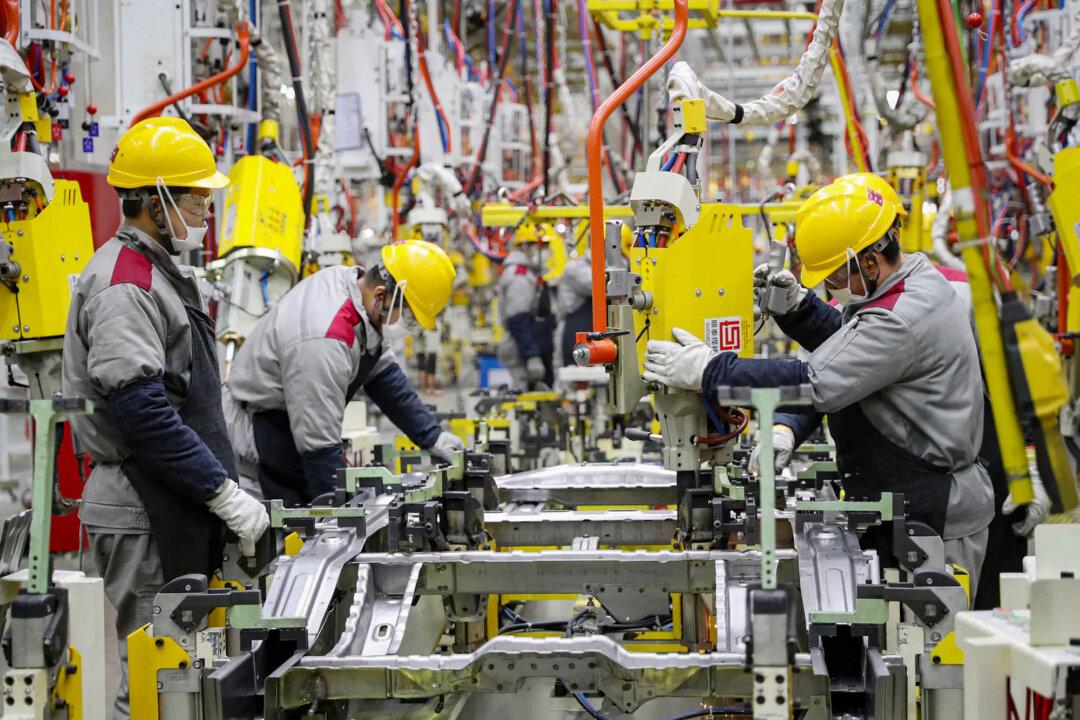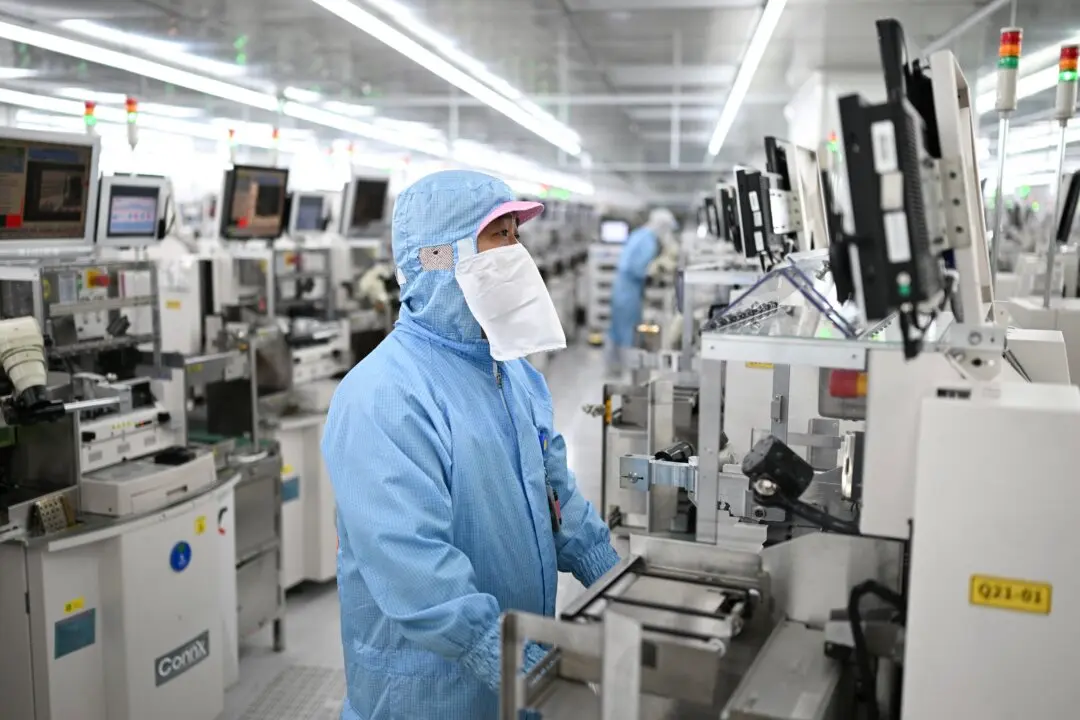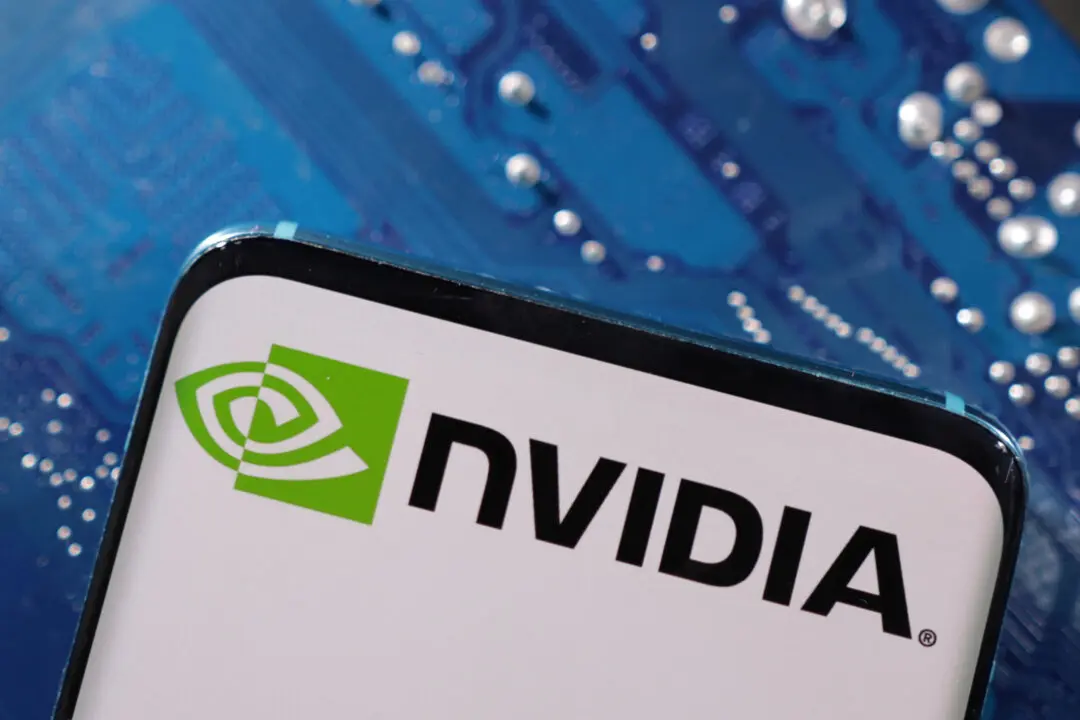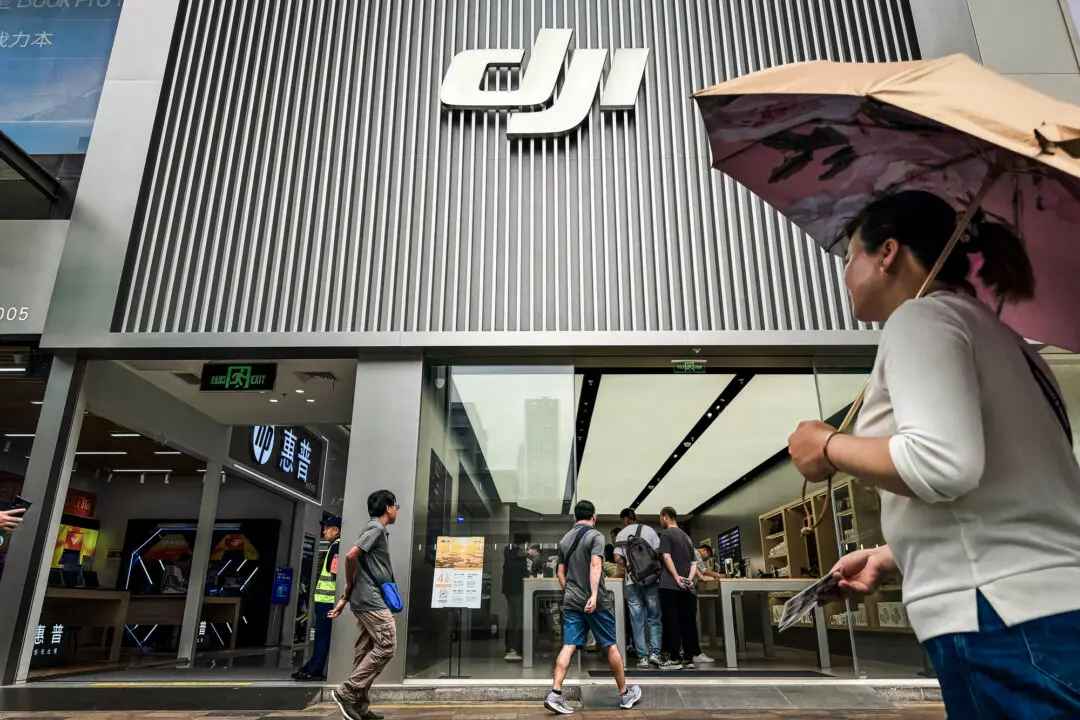The White House announced on Sept. 23 a proposed ban on connected vehicle technologies in the United States from “countries of concern,” particularly communist China, citing a national security threat.
Connected vehicle technology refers to short-range communications that enable cars to “sense” nearby objects and exchange information with other nearby vehicles. This includes Bluetooth, cellular, satellite, Wi-Fi modules, and automated driving systems.





